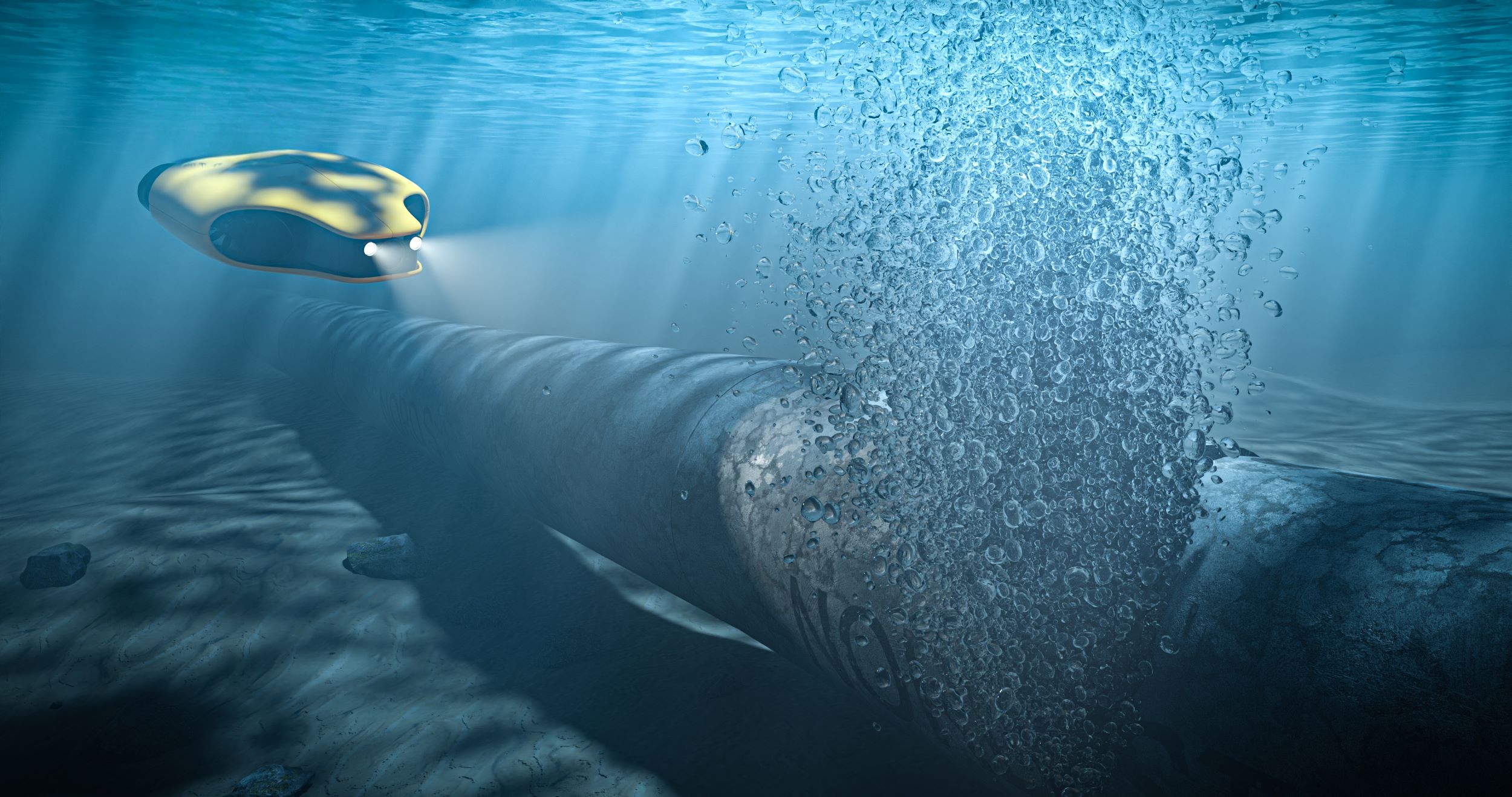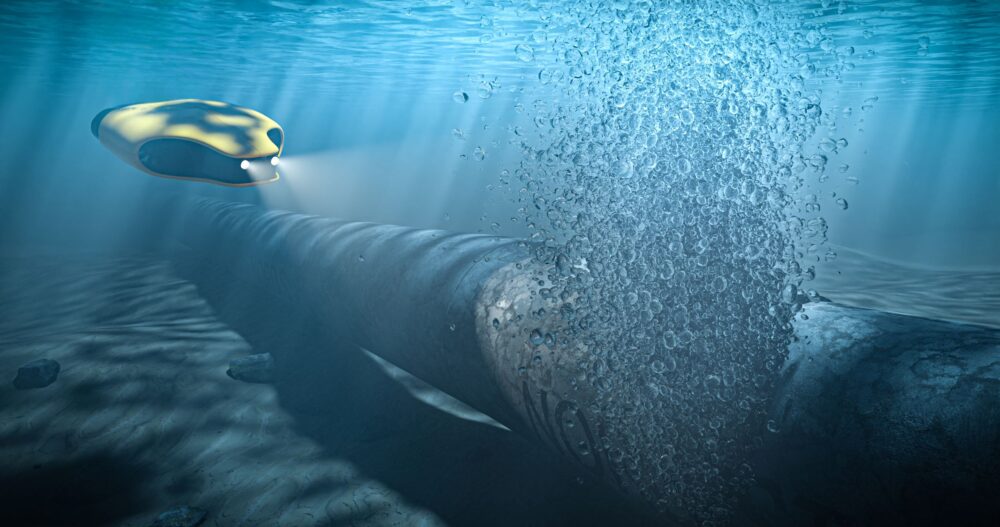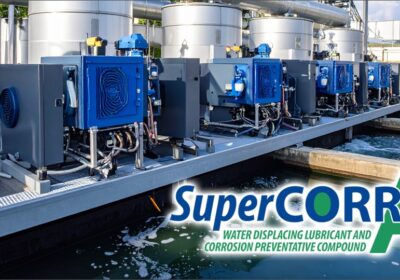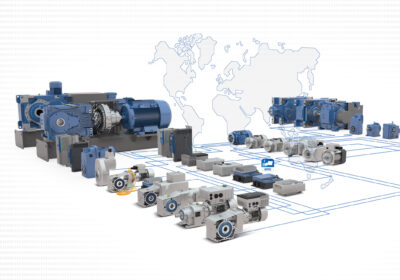Battery modules can help power subsea technology ranging from autonomous underwater vehicles (AUVs) to equipment for the oil and gas industry. Battery systems can provide a portable alternative to traditional tethering and umbilicals but are only effective if they can withstand the high-pressure levels beneath the sea. Here Leon Adams, VP of Sales and Marketing at Southwest Electronic Energy Group, an Ultralife company, explores the role of batteries in subsea applications and the value of pressure tolerance.
Whether oceanographers are creating detailed maps of the seabed, or oil and gas companies are laying and inspecting pipework, connectivity and reliable power are essential. Many subsea engineers have become accustomed to using mechanical hydraulics and/or tethered umbilicals for such applications. While this traditional technology still has its place, batteries can also play an important role.
The role of batteries in subsea
Subsea battery applications are many and varied. As well as autonomous vehicles, batteries can help power manned underwater vehicles (MUVs), remotely operated vehicles (ROVs) and pipeline inspection gauges (PIGs) for oil and gas operations. Because these applications are in the ocean or pipelines that are vast in size, many are not tethered, so battery modules are used to power the equipment’s motion, guidance, monitoring and communications systems — all in one.
Battery modules aren’t always a direct replacement for umbilicals — they can supplement them too. In applications like oil and gas, they can provide localised power to remote systems, ensuring seamless operations in isolated or unmanned environments.
The power challenges
The loss of energy over long-distance power transmission is a big challenge in subsea operations, especially for ROVs and other tethered systems that rely on electrical cables to deliver power from the surface. As the cable length increases, resistance builds, and this often leads to energy dissipation before reaching the vehicle. Not only does this limit the operation’s range, but it also means that extra infrastructure is needed to boost power delivery – adding to costs.
Extreme pressure is another issue. As depth increases, the surrounding water exerts immense force on all components, including batteries and electronics. Thick-walled pressure vessels were traditionally used to protect sensitive equipment from crushing forces, but these added weight and cost. Today, subsea equipment manufacturers can choose from a range of newer, pressure-tolerant battery designs.
Let’s not forget the harshness of the sea itself. The longer batteries, cables and other infrastructure are exposed to saltwater, the greater the risk of corrosion. In addition, saltwater intrusion can easily degrade batteries and short-circuit electronics, reducing their overall lifespan. In recent years, there’s been a lot of development around pressure-balanced oil-filled (PBOF) casings, which can shield batteries from direct exposure to saltwater, helping maintain functionality over time.

Mitigating high pressures
The weight, bulkiness and costs associated with traditional enclosures can indeed be problematic. However, there is now a growing range of pressure-tolerant battery technology that can help manufacturers and operators overcome issues like heaviness.
SWE developed SeaSafe battery modules to provide a reliable alternative. These can function without external casings, making them lighter, more scalable and cost-effective. They are available in two configurations: SeaSafe II, which goes into PBOF enclosures that use dielectric oil to equalise to external sea pressure, and SeaSafe Direct that allows direct sea water exposure.
Pressure-tolerant batteries can also enhance energy density, longevity and safety in extreme underwater environments. Lithium-ion technology is ideal because of its compact, high-energy storage capability, and smart battery management — such as capping charge levels at 93 per cent — to extend operational life. While conventional pressure vessels can risk implosion, SWE’s pressure-tolerant designs naturally equalise with surrounding water pressure, reducing failure risks and improving reliability.
Battery modules can support a wide range of subsea applications from AUVs to oceanography and gas pipeline inspections. Selecting the right battery is crucial, which means carefully looking at the pressure requirements, environmental conditions, energy demands and operational lifespan. Working with an experienced battery specialist can ensure that manufacturers and operators make the right choice.
For more information on subsea battery modules and technology, visit Southwest Electronic Energy’s website and ask for a quote https://www.swe.com/.








